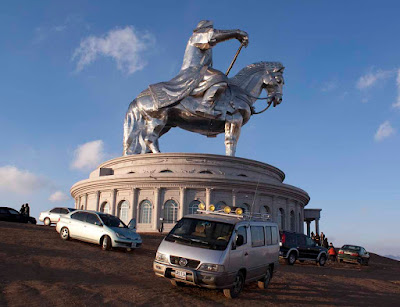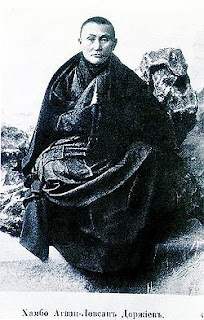Mongolia | Eight Great Places

Wandering through the Web the other day I came across a story entitled 8 Best Places to Visit in Mongolia That Are Safe and Beautiful . First question: Are there some places in Mongolia that are not safe? Second: could these really be the “Best”? Wouldn’t “interesting” or “well-known” have been better word choices? “Best” is pretty subjective. Anyhow, here are the eight places on the list: 8. Sukhbaatar Square. Well, if you are going to visit Mongolia you will probably pass through Ulaanbaatar, and if you pass through Ulaanbaatar it is pretty hard to miss Sukhbaatar Square. And I suppose it qualifies as safe and beautiful. OK. Stop for lunch at the Silk Road Restaurant just south of the square. 7. Terelj National Park Almost any trip to Ulaanbaatar usually includes at least a day-trip to Terelj, just north of the city. OK, no argument with that. Be sure to wander by Aryaval Temple . 6. Lake Khövsgöl The Niagra Falls of Mongolia. You got to go there...
